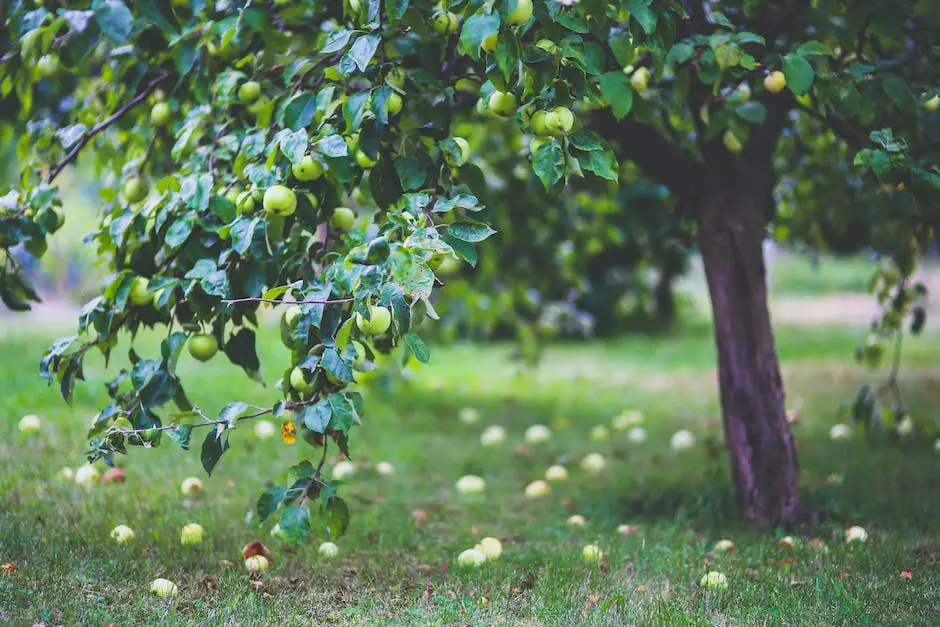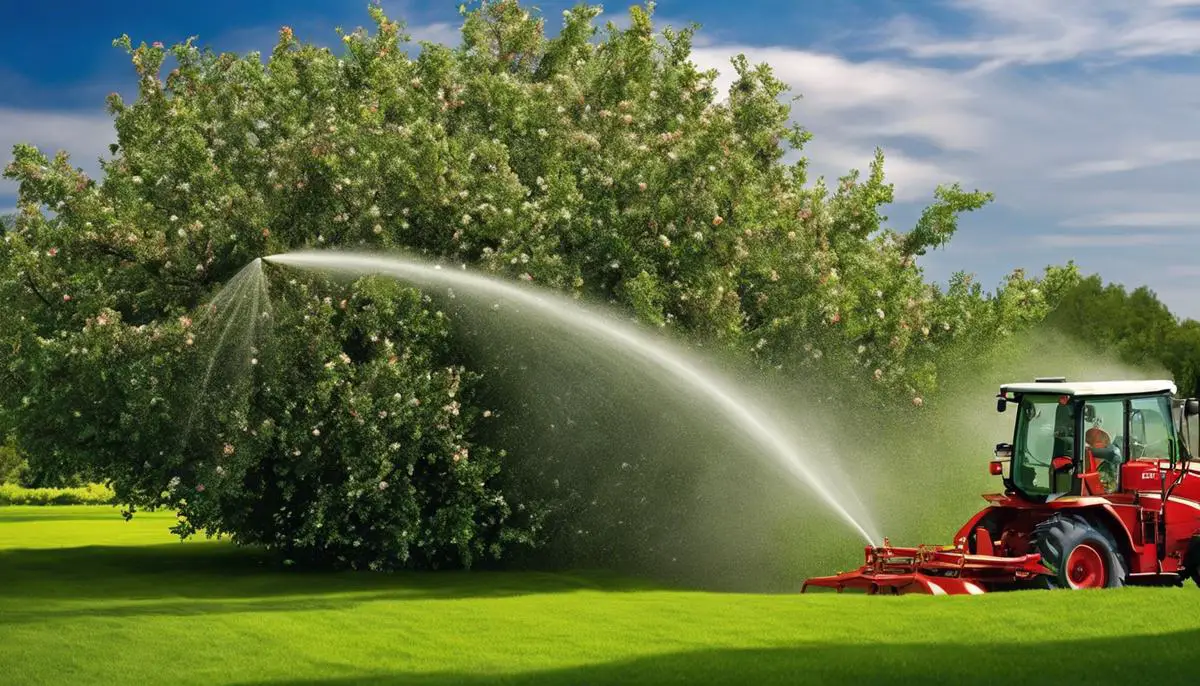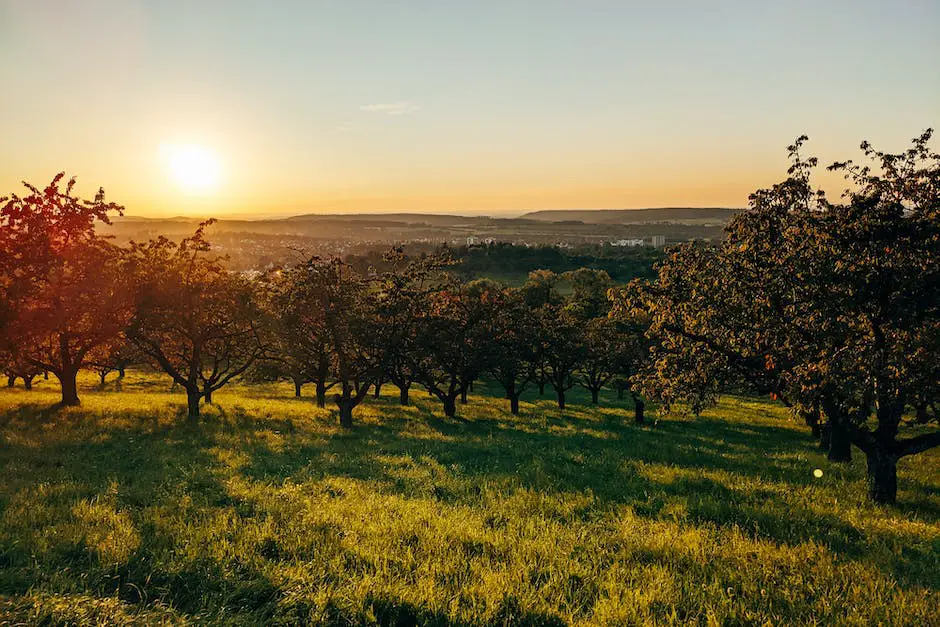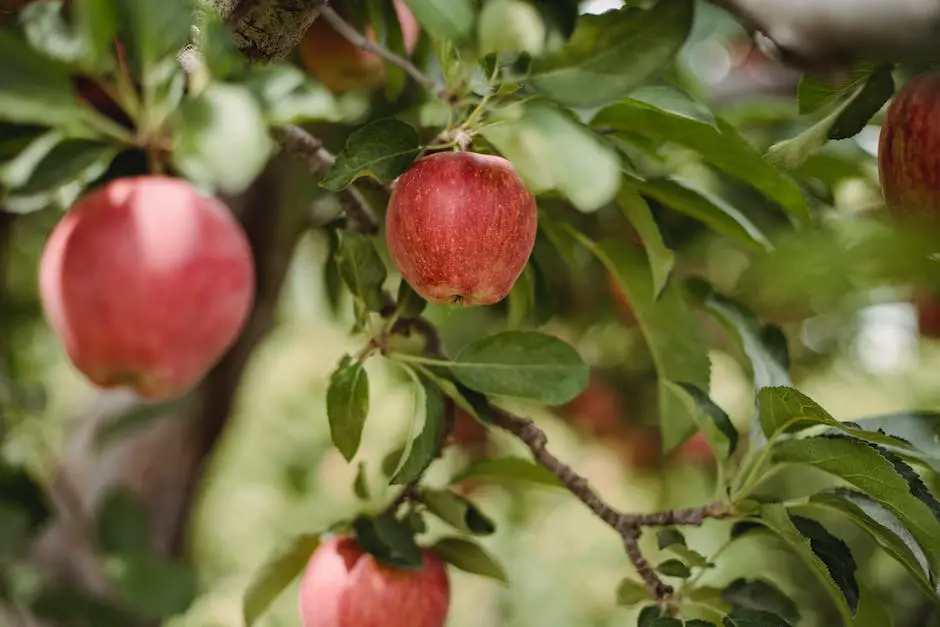The intricate nature of apple tree biology coupled with their nutrient requirements present unique challenges and rewards for the keen gardener or orchardist. The application of proper fertilizers, in the correct manner and at appropriate times heavily influences the health of apple trees, ultimately determining the quality and productivity of their yield. This discourse is an exploration of the world of apple trees- their biology, the fertilizer needed for their successful growth, and the process of fertilizing them. It aims to shed light on the profound impact that fertilizers have on apple yield and how this knowledge can be utilized to produce healthier, more bountiful harvests.
Understanding Apple Tree Biology
When delving into the world of arboriculture, understanding the biology of your apple tree is integral. One key aspect worth examining is its need for fertilizer, a subject intrinsically linked to the tree’s genetic makeup and growth rate. An apple tree, much like other fruit-bearing trees, requires a nourishing environment to grow and thrive, which is why fertilizer becomes a fundamental factor in its lifecycle.
Being deciduous, apple trees undergo a period of dormancy during winter, conserving energy and allowing them to burst forth in spring. During this burgeoning phase, apple trees require more nitrogen for bud formation and leaf development. Therefore, fertilizers rich in nitrogen become essential, promoting a healthier growth cycle. However, it’s crucial to balance the need for nitrogen with additional vital nutrients like phosphorus and potassium. Both these elements aid in the development of fruit and resist disease, creating a full-bodied, resilient apple tree.
The soil environment also contributes significantly to an apple tree’s need for fertilizer. If the soil is nutrient-deficient, the tree’s capacity to utilize the Sun’s energy through photosynthesis becomes crippled, resulting in poor growth and reduced yields. Healthy, nutrient-rich soil ensures that the apple tree has the resources to generate energy efficiently – and that’s where fertilizers come into play. By offering a well-rounded nutrient mix, they support the tree’s biological requirements, boosting their productivity, and fruiting capacity dramatically. Therefore, understanding an apple tree’s biology allows for optimal fertilizer use, promoting hearty growth and bountiful harvests.

Identifying the Right Fertilizer
While understanding the biology of an apple tree is imperative in arboreal horticulture, this knowledge must also extend to the selection and application of fertilizers. One might wonder, what is the most effective type of fertilizer for apple trees? While numerous contenders vie for the place, most arborists often recommend a slow-release granular variety. Why? Well, the answer lies in how this type of fertilizer gradually supplies the required nutrients over time, ensuring the tree’s needs are consistently met without chance of over-feeding.
Granular fertilizer has a specific formulation, typically a ratio of 10-10-10 or 12-12-12 of nitrogen, phosphorous, and potassium respectively. Such a balanced composition ensures that no single nutrient overshadows another, enabling the apple tree to thrive. Moreover, its slow-release property reduces the risk of nutrient burn while ensuring a steady supply over an extended period. This concept differs from fast-acting fertilizers, which, while producing immediate results, can cause a sudden nutrient surge that often results in a shocking effect on the trees.
Besides, granular fertilizer also counteracts certain soil deficiencies. For instance, apple trees growing in sandy soils often lack sufficient manganese and zinc. The right granular fertilizer contains trace elements, including these, to remedy nutrient deficits. Added benefits? Its non-volatile nature means less wastage through leaching. Also, unlike liquid or fast-release varieties, it minimizes the chance of run-offs entering water systems, making it environmentally-friendly too. All in all, the granular slow-release fertilizer stands tall as the most effective partner for your apple trees, counterbalancing nature’s unpredictability with its consistent and balanced delivery.

Applying Fertilizer Correctly
When it comes to applying fertilizer to apple trees, timing matters as much as the type of fertilizer used. In general, applying fertilizer during late winter or early spring is ideal. This is just before new growth begins, allowing the nutrients to be taken up efficiently as the tree comes out of dormancy. However, it’s crucial to not fertilize too early in the spring, as this can lead to tender growth that can be damaged by late frosts. Also, abstain from fertilizing late in the growing season as this can provoke new growth which might not harden off before winter, making it susceptible to injury.
The method of application equally matters. Avoid/congesting fertilizer around the base or stem of the tree; instead, distribute it evenly under the canopy, starting about a foot from the tree trunk and extending just beyond the dripline, which is the outermost circumference of the tree’s canopy where water drips off and onto the ground. This method ensures that the root system, which typically extends up to the dripline and even beyond, is able to absorb the nutrients efficiently. If using granular fertilizer, make sure to water it in thoroughly after application to help dissolve the granules and wash the nutrients into the soil.
Despite the need for nutrients, it’s necessary to exercise caution to avoid over-fertilization. Overdoing it can result in excessive vegetative or leafy growth at the expense of fruit production. It can also increase the severity of certain diseases and pests. Test the soil regularly to monitor nutrient levels and adjust fertilizing practices accordingly. It’s a delicate balance, but with attention and knowledge, apple trees can flourish with the right fertilization practices, yielding a bountiful harvest.

Effect of Fertilizer on Apple Yield
As the nutrients from fertilizers are consumed, apple trees undergo phenomenal transformations from blossoming bud to crunchy apple. Proper usage of fertilizers can result in subtly increasing the overall yield and significantly enhancing the quality of the fruits. This improvement can manifest in a variety of ways, including larger fruit size, better color, and improved taste. Noticeably, a tree that’s well-fed with a balanced diet of nutrients will undoubtedly produce apples that are juicier and crispier, flaunting their vibrancy and robust flavor.
The blend of nutrients a fertilizer provides serves as a critical input in the photosynthesis process by which the tree captures sunlight to break down water and carbon dioxide into glucose, essential for the tree’s growth. A lack of any critical nutrient could disrupt the process, resulting in poor yield or subpar apple quality. For instance, a shortage of nitrogen would lead to smaller apples, while excess nitrogen could lead to an overly vegetative tree at the expense of fruit production. Meanwhile, adequate levels of potassium enhance the color and flavor of apples, while phosphorus is key to a successful harvest by promoting good root growth and high yields.
The quantity and timing of fertilizer application are equally important as its composition. An apple tree absorbs nutrients best when they are supplied steadily over the growing season, rather than in one large burst. Meanwhile, fertilizer applied too early or too late in the season could interfere with the apple tree’s natural growth cycle, potentially resulting in a less-than-optimal yield or lower-quality apples. Visual and soil checks can help identify when a tree needs additional nutrients over its natural diet from the soil. And of course, as with all good things, moderation is key. Over-fertilization could be harmful, leading to tree damage, excessive vegetative growth, increased susceptibility to pests and diseases, and even lowered fruit yield over time.

This discourse has provided an intricate understanding of apple tree biology, fertilizers, and their correct application. It has established that a good knowledge of apple tree biology is the foundation to choosing the right fertilizer. Being aware of the soil conditions, understanding the core components of fertilizers, and their application methods enhance the tree’s overall health and productivity. Above all, it has emphasized that it’s not only about growing more apples but also about improving their size, color, and taste. This knowledge inevitably leads to a more successful gardening or orcharding experience. Every apple we grow can be a testament to the harmony between human understanding and nature’s bounty.